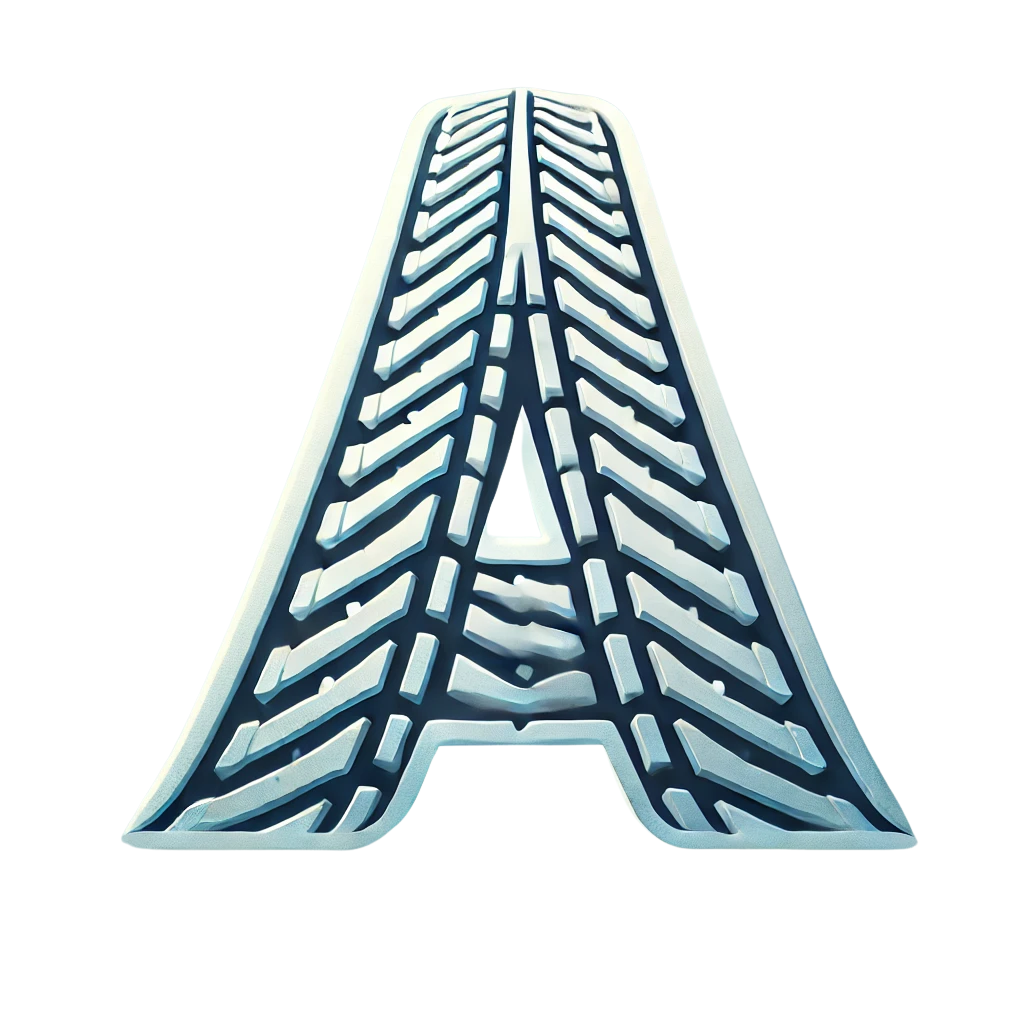Engine Technologies (2-Stroke vs. 4-Stroke, Turbocharging, Hybrid/Electric)
The Evolution of Snowmobile Engine Technology
Snowmobiles have evolved significantly in terms of engine technology, improving performance, efficiency, and environmental impact. From traditional 2-stroke and 4-stroke engines to modern turbocharged models and the rise of hybrid and electric snowmobiles, each innovation has influenced how riders experience winter terrain. This article explores the advantages and drawbacks of different snowmobile engine technologies, highlighting their evolution and future potential.
2-Stroke vs. 4-Stroke Snowmobile Engines
One of the biggest distinctions in snowmobile engines is the choice between 2-stroke and 4-stroke designs. Both have unique characteristics that impact power delivery, efficiency, and maintenance.
| Feature | 2-Stroke Engine | 4-Stroke Engine |
|---|---|---|
| Power-to-Weight Ratio | Higher, making the snowmobile lighter and more agile | Lower, due to additional components like valves and oil systems |
| Throttle Response | Quick and aggressive, ideal for deep snow and performance riding | Smoother but less immediate, better for long-distance touring |
| Fuel Efficiency | Lower, due to incomplete combustion and oil mixing | Higher, with better fuel economy and range |
| Maintenance | More frequent maintenance, shorter engine lifespan | Less frequent maintenance, longer-lasting engine |
| Environmental Impact | Higher emissions, due to oil being burned in the fuel mix | Lower emissions, cleaner-burning engine |
The Role of Turbocharging in Snowmobiles
Turbocharging has become a popular performance enhancement in snowmobile engines, particularly in high-performance and mountain sleds. A turbocharger forces more air into the engine, allowing it to burn more fuel and generate greater power output. This can be particularly useful at high elevations, where naturally aspirated engines lose efficiency due to thinner air.
Benefits of Turbocharged Snowmobiles:
- Increased Power: Turbochargers significantly boost horsepower, making them ideal for mountain riders and deep snow conditions.
- Altitude Compensation: Unlike naturally aspirated engines, turbocharged models maintain consistent performance at high elevations.
- Improved Efficiency: When operating under optimal conditions, turbochargers can improve fuel efficiency by extracting more energy from the same amount of fuel.
Drawbacks of Turbocharged Snowmobiles:
- Increased Complexity: Turbo systems add mechanical complexity, requiring additional maintenance.
- Higher Costs: Turbocharged snowmobiles tend to be more expensive both in initial cost and repairs.
- Turbo Lag: Some models experience slight delays in power delivery due to turbo spool-up times.
Hybrid and Electric Snowmobiles: The Future of the Industry?
With increasing environmental concerns and stricter emissions regulations, manufacturers have started exploring hybrid and electric snowmobile options. While traditional gas-powered engines remain dominant, alternative technologies are slowly gaining traction.
Hybrid Snowmobiles
Hybrid snowmobiles combine a traditional internal combustion engine with an electric motor, offering benefits in efficiency and emissions reduction. While not yet widely available, hybrid models could revolutionize the industry by improving range and reducing fuel consumption.
- Better Fuel Economy: Hybrids can optimize power use, reducing the amount of fuel needed for long rides.
- Reduced Noise: The electric motor operates quietly, reducing noise pollution in sensitive areas.
- Increased Weight: The additional battery and hybrid system components add weight, which can affect handling.
Fully Electric Snowmobiles
Electric snowmobiles are being developed as an eco-friendly alternative to traditional gas-powered models. These machines produce no emissions and operate much more quietly, making them ideal for nature conservation areas and guided tours.
Advantages of Electric Snowmobiles:
- Zero Emissions: No gasoline means no pollution, making them a great option for eco-conscious riders.
- Lower Maintenance: Electric motors have fewer moving parts, reducing the need for regular maintenance.
- Quiet Operation: Electric snowmobiles provide a nearly silent ride, minimizing disturbance to wildlife.
Challenges of Electric Snowmobiles:
- Limited Range: Current battery technology restricts the distance an electric snowmobile can travel on a single charge.
- Charging Infrastructure: Unlike gas stations, charging networks for snowmobiles are sparse, making long trips difficult.
- Initial Cost: Electric snowmobiles tend to be more expensive upfront due to battery technology costs.
Choosing the Right Snowmobile Engine for Your Needs
Snowmobile engine technology continues to advance, offering riders more choices than ever before. While 2-stroke engines remain popular for their lightweight and high power, 4-stroke models provide better fuel economy and durability. Turbocharging enhances performance in extreme conditions, while hybrid and electric snowmobiles represent the future of sustainable winter recreation.
The industry has focused on improving:
- Fuel Injection: Modern snowmobiles use electronic fuel injection (EFI) to enhance efficiency and reduce emissions.
- Environmental Compliance: Regulations have pushed manufacturers to develop cleaner-burning engines.
- Technology Integration: GPS tracking, smart ride controls, and adaptive suspensions are becoming common in newer models.
Choosing the right engine type depends on riding style, terrain, and environmental considerations. As technology progresses, snowmobiles will continue evolving to offer better performance while minimizing their ecological footprint.
